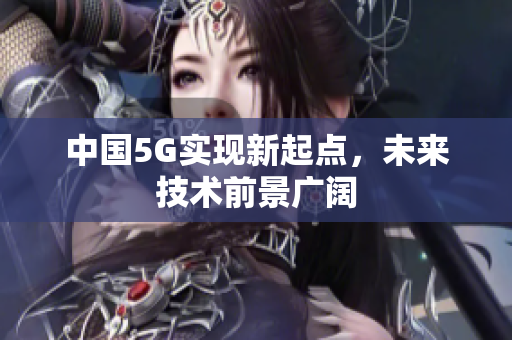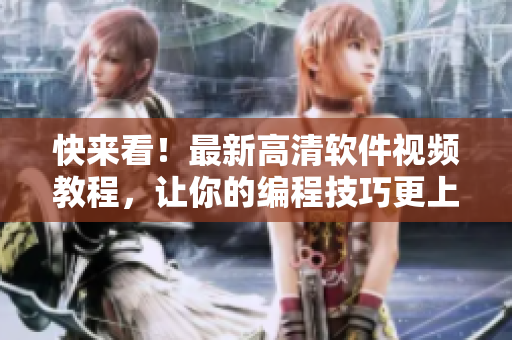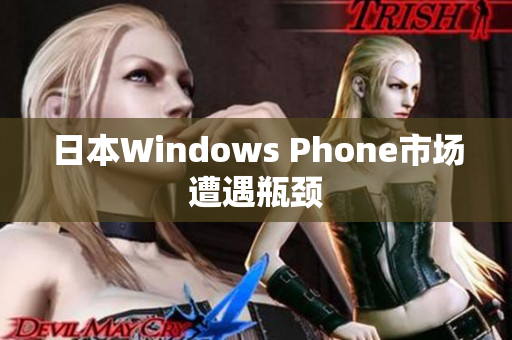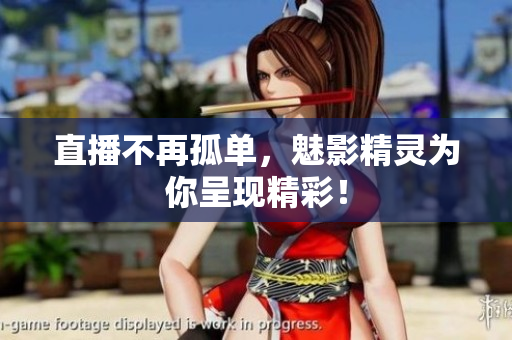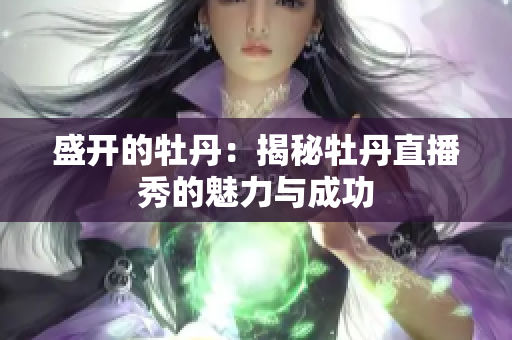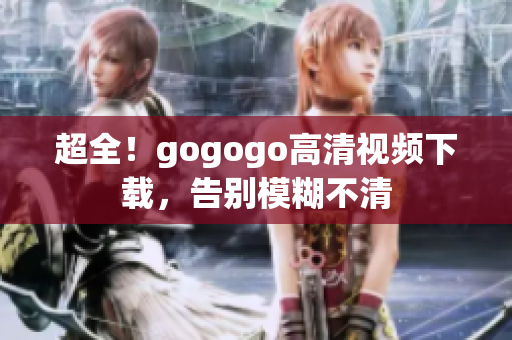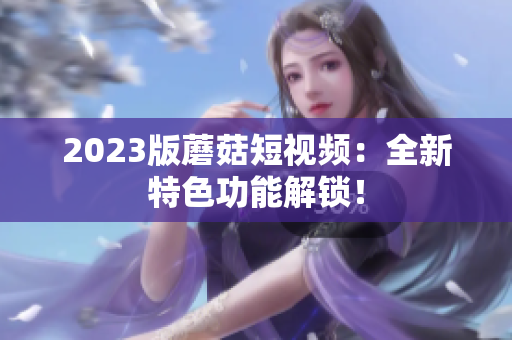Introduction
Art and technology, two seemingly disparate fields, have been intersecting and influencing each other in remarkable ways in recent years. With the advancement of technology, the art world has seen a proliferation of new forms and mediums, pushing the boundaries of what was once thought possible. In this article, we will explore the intersection of art and technology through some of the most iconic works of Western Humanities, while also discussing practical issues such as 5G networks and classroom management.
The Great Works of Western Humanities
Western Humanities have produced some of the most stunning works of art, which continue to inspire and awe us to this day. The iconic works of masters like Leonardo da Vinci, Michelangelo, and Rembrandt are testimony to the human genius and artistic creativity. In more recent times, artists like Van Gogh, Monet, and Picasso have pushed the boundaries of traditional art and paved the way for modernist movements like Cubism and Surrealism.
But the intersection of art and technology is not limited to traditional forms of art. The advent of computers and digital technologies has given rise to new forms of art like computer-generated art, digital painting, and 3D printing. These new mediums provide artists with unprecedented tools and creative freedom to experiment and create works that were unthinkable just a few decades ago.
5G Networks and Their Implications on Society
The rollout of 5G networks has been one of the most significant technological developments in recent times. 5G networks promise faster data transfer rates, lower latency, and more reliable connections, which could revolutionize the way we live and work. However, there are also concerns about the potential negative impacts of 5G, including privacy and security issues, and the potential for job losses as automation increases in various sectors.
One area where 5G could have a profound impact is in the arts. With faster data transfer rates and more reliable connections, artists can collaborate with each other more effectively regardless of their location. This could lead to the creation of more ambitious and collaborative works of art that were once impossible due to logistical or technical limitations.
Classroom Management and Student Discipline
The education sector is not immune to the impact of technology either. With the rise of e-learning and online classrooms, teachers and educators have had to adapt to new modes of teaching and student engagement. However, managing a classroom effectively still remains a significant challenge for teachers, especially in the age of social media and instant gratification.
Discipline issues can arise from a number of factors, from lack of motivation to poor classroom management techniques. As a result, teachers and educators need to develop a range of strategies to keep students engaged and disciplined, while also relying on technology to provide more interactive and engaging modes of learning.
The Ethics of Gaming and Microtransactions
The gaming industry has been one of the most significant beneficiaries of technological advancements, with revenues reaching a staggering $152 billion in 2019. However, the industry is not without its ethical concerns, particularly around the use of microtransactions or loot boxes.
Microtransactions provide players with in-game advantages or rewards for a fee, making it easier for them to progress through the game. However, this practice has come under criticism for being exploitative, particularly in games targeted at children. Some countries have even banned the practice outright, while others have called for stricter regulations to protect children and vulnerable players.
The Challenges and Opportunities in Southeast Asian Early Childhood Education
Finally, the shortage of early childhood education programs in Southeast Asia presents both challenges and opportunities for educators and policymakers. Many children in the region do not have access to quality early childhood education due to a lack of resources or infrastructure.
However, the region is also home to many committed educators and organizations working to improve the situation. By leveraging technology and innovative teaching methods, these educators are providing children with access to quality education and learning opportunities that were once considered out of reach.
Conclusion
Art and technology continue to influence and impact each other in remarkable and unexpected ways. From traditional forms of art to digital mediums, technology is enabling artists to push the boundaries of creativity and reach new audiences. At the same time, technology is also presenting new challenges and opportunities in various sectors, from classroom management to early childhood education. As we move forward, it is essential to strike a balance between the opportunities and challenges posed by technological advances and ensure that they are used for the greater good.

